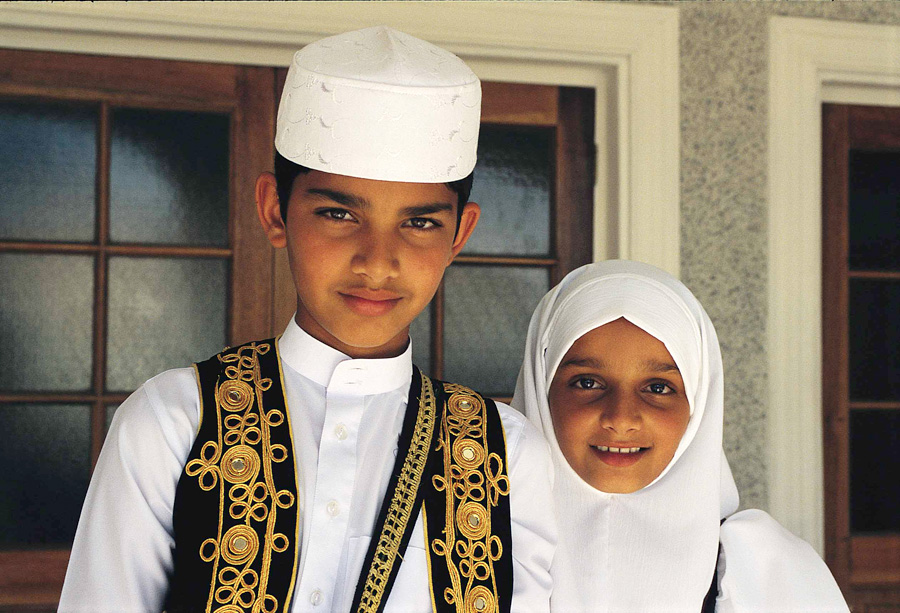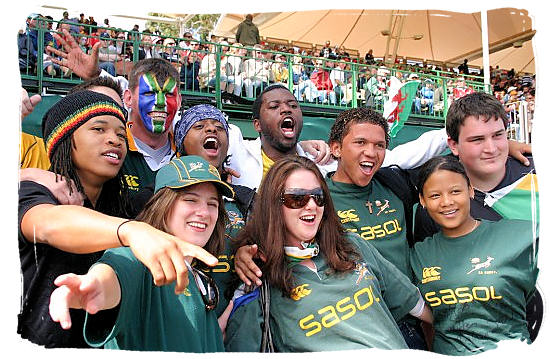South African Culture Today Fundamentals Explained
South African Culture Today Fundamentals Explained
Blog Article
Some Of South African Culture Today
Table of ContentsThe smart Trick of South African Culture Today That Nobody is Talking AboutGetting My South African Culture Today To WorkThe South African Culture Today StatementsFascination About South African Culture TodayOur South African Culture Today PDFsWhat Does South African Culture Today Do?
An issue of relevance in Zambian towns is the passing away of enjoyed ones. All members of the village put money, time and effort with each other for the interment of the deceased.Songs and dancing is a really important aspect of the Zambian society. The different tribal units have their very own dance kinds; nonetheless, makishi is typical among all tribes.
The Ultimate Guide To South African Culture Today
When it involves songs, drums are used one of the most, with a variety of drumming events. In Zambia, majority of the individuals are Christian; Protestant and Roman Catholic. There are little groups of Muslims and Hindus, with the remainder adhering to regional indigenous tribal beliefs.

South African heritage and society is immensely varied, and contains various teams of people who each have their own customs and beliefs. Having such a diversity of people and societies is what makes South Africa so one-of-a-kind. In real feeling of the phrase, we are a rainbow nation.
South Africa has approximately three hundred thousand Portuguese individuals living in it. Making it the 7th on the listing of countries with one of the most Portuguese people in it beyond Portugal. Portuguese is not just a culture, but it is additionally a language and a race. Portuguese people stem from the country of Portugal in Europe, nevertheless, as a result of Portugal (like many various other countries in Europe) exploring the world and conquering other nations during the 15th 20th centuries, South Africa has what we call Portuguese South African's living in it.
The Facts About South African Culture Today Uncovered
Among the famous attributes of the topography is a plateau that covers virtually two thirds of the facility of the country. The plateau complicated climbs towards the southeast, where it climaxes in the Drakensberg variety, part of an escarpment that divides the plateau from the coastal locations. The Drakensburg consists of Champagne Castle, the highest optimal in the nation.
The region north of the Witwatersrand, called the bushveld, slopes downward from east to west toward the Limpopo River, which develops the global border. The western section of the plateau, the middleveld, likewise comes down towards the west and varies in elevation between the highveld and bushveld. In between the Drakensburg and the eastern and southern shoreline, the land descends to the sea.
Nearer the shore there is a low-lying level called the eastern lowveld. Southwest of the plateau the nation ends up being gradually extra dry, paving the way to the hostile desert of the Great Karroo, surrounded on the east by the lower, better sprinkled plateau of the Little Karroo. Dividing the completely dry southerly interior from the sandy littoral of the southern coastline and West Cape is an additional array, the Langeberg.
South African Culture Today - An Overview
The nation's racially, ethnically, and politically split background has actually generated national and subnational symbols that still work as icons of the country, and others icons that are approved only by specific groups. The monoliths to white settler occupation and political supremacy, such as the Afrikaner Voortrekker ("leader") Monolith in Pretoria and the Rhodes Monolith honoring the British colonial realm contractor and Cape head of state Cecil Rhodes, remain sectarian signs.
The initial contemporary residents were the San ("bushman") hunter-gatherers and the Khoi ("Hottentot") individuals, that rounded up animals (South African culture today). The San might have been present for countless years and left evidence of their presence in thousands of old cavern paintings ("rock art"). Bantu-speaking clans that were the forefathers of the Nguni (today's amaZulu, amaXhosa, amaSwazi, and vaTsonga peoples) and Tswana-Sotho language teams (today's Batswana and Southern and Northern Basotho) migrated down from eastern Africa as very early as the fifteenth century

Both previous republics of the Orange Free State and Transvaal (South African Republic) were established by Afrikaner inhabitants who beat and dispossessed the Basotho and Batswana. Lesotho would certainly have been forcibly integrated right into the Orange Free State without the extension of British defense in 1869. The best unification of the country resulted from the South African Battle (18991902) in between the British and both Afrikaner republics, which minimized the country to destroy at the start of the twentieth century.
Afrikaners historically considered themselves the only real South Africans and, while providing complete citizenship to all homeowners of European descent, rejected that condition to people of color till the democratic change of 1994. British South Africans maintain a sense of cultural and social link to Great Britain without compromising their identification as South Africans.
3 Simple Techniques For South African Culture Today
The diversity and fragmentation within ethnic groups and the balance of tensions between those teams during the twentieth century prevented interethnic civil problem. While intergroup stress over sources, privileges, and political prominence stay, those problems are as most likely to pit Zulu against Zulu as Zulu against Xhosa or African against Afrikaner.
From colonial India, British merchants and administrators brought the curved steel ornamental roofs and slender lace job columns that still epitomize the terraces of cottages in the areas and cities throughout the nation. Holy places contribute a crucial building browse around this web-site element also in the smallest Extra resources towns. In addition to the rising steeples and traditional stonework of Afrikaans Dutch Reformed churches, Anglican churches, synagogues, mosques, and Hindu shrines give selection to the spiritual building scene.

Butchering and the developing of traditional cereal beer are important in safeguarding the participation and a good reputation of the ancestors that are taken into consideration the guardians of excellent ton of money, prosperity, and wellness. Indian communities keep their native culinary customs and use them on Islamic and Hindu ritual and ritualistic occasions. Afrikaners and Coloured individuals collect at weekends and unique events at multifamily barbecues called braais, where community bonds are reinforced.
Due to the fact that this was the primary economic enterprise of both black Africans and white homesteaders, problem in between those groups centered on the possession of grazing land and livestock. In 1867, the biggest ruby deposits worldwide were discovered at Kimberley in the west central location. The riches from those areas helped finance the exploitation of the best gold coral reef in the world, which was discovered on the Witwatersrand in 1886.
The 25-Second Trick For South African Culture Today
This brought about misunderstandings and intentional misstatement in the dealings of white inhabitants and government authorities with African principals throughout the colonial period (South African culture today). In the facility of African reserves, some elements of common and chiefly "tribal trust fund" land period were protected, and even in white backwoods, forms click here now of public tenure were still exercised in locations with African areas
After the autonomous improvement of 1994, programs for land restitution, redistribution, and reform were set up, yet progression has actually been sluggish. The white minority still controls eighty percent of the land. Following farming land intrusions in Zimbabwe, the Division of Land Matters has promised to speed land redistribution.
Report this page